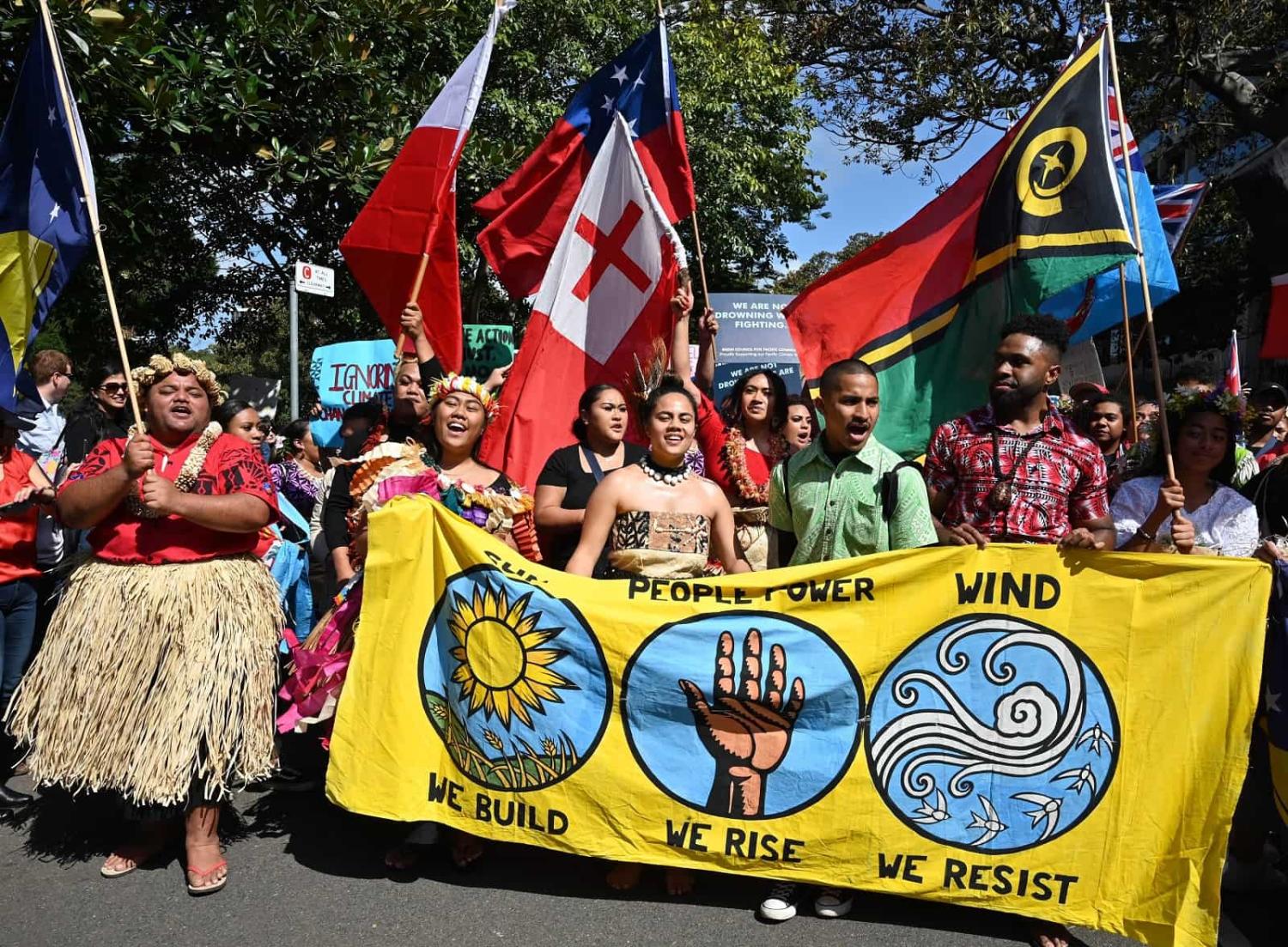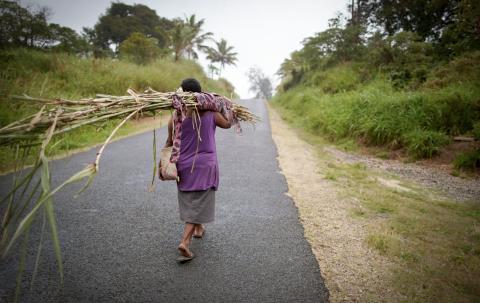Asia and the Pacific are the most youthful regions of the world, with 25 per cent of their populations aged between 15 and 29. Combined, the two regions are home to 60 per cent of the world’s youth.
This demographic reality places young people at the centre of efforts to address regional challenges. Their strengths, skills, knowledge and commitment will be needed to build economies, address the climate crisis, generate social and political stability, and support peace and justice across the region.
Yet, in Australia’s new International Development Policy, young people are virtually absent as the agents and partners who can forge the region’s future.
In 50 glossy pages, with a focus on partnerships, context-specific programs, and attention to the region, there are only three instances of the word "youth".
One appears simply in the caption for a photo of an unnamed youth-led organisation in Timor-Leste and the two further references appear in lists of civil-society actors (i.e., labour, faith-based, diasporic and youth groups). Another notes that these relationships will be built on by the government and the other acknowledges that these organisations are already doing “important work” in the region. Despite these mentions, there is no substantive indication of how youth will be partnered with, in what areas, and for what purposes.
If we include “young people” in the count, there are two more references in the policy, both in the section outlining the global environment. These references note that the demographic trends of growing numbers of young people create a challenge for “decent jobs” and “quality education”. This is not unusual; young people are often presented as problems to be solved, rather than partners for potential change.
Their positioning as a demographic challenge risks reproducing harmful stereotypes that present large numbers of young people as a threat to the status quo or disruptors of stability. To combat this, the policy must meaningfully recognise and plan for their inclusion as stakeholders in addressing current and emerging challenges.
Yet young people are visually present in the policy document. Just under half the photos are of children or youth. These visuals communicate how the Australian government sees its engagement in the region. However, it presents young people as two-dimensional and passive recipients of Australia’s development programs.
Much is at stake in the framing of the participation of young women, in particular. All seven mentions of girls in the document are connected to women. Young women are overlooked, grouped together with adult women, or not mentioned at all. This is despite ample evidence demonstrating the impressive impact of young women’s leadership.
On questions of gender equality and “partnerships”, which are at the stated heart of the new policy, it is concerning that the document is completely silent on the role of young men and boys. We know that often the presence of young men in policy contexts reproduces fears about their potential danger and risk. However, the bigger risk is to overlook them entirely.
Young men and boys must be engaged in efforts to address gender inequality, improve educational outcomes, and ensure employment opportunities. Reducing gender to “women” risks worsening inequalities and exacerbating gendered violence.
In the absence of strong language promoting youth leadership, much will come down to the government’s implementation of this policy. In practice, the new policy must capitalise on the opportunities that exist to strengthen youth leadership.
First, this begins with understanding how young people – in their diversity – experience development. Young women and men may have different attitudes than older generations towards developmental challenges (think Greta Thunberg on climate change) and young people’s leadership will resonate with others in ways that adult leadership doesn’t (think Malala Yousafzai on education). Amplifying this leadership involves genuine partnerships and dialogue that takes young people’s experiences, skills, networks and knowledge seriously.
Second, the government must commit to sustained support for youth leaders so that they can work in their communities. A commitment must be made to creating formal and informal spaces for young people’s voices, whether it is in political and policy forums, church and community groups, or sport and social activities.
Third, young people must not just be presented as the recipients of development assistance but must be visible and present in all efforts to “build more genuine and respectful partnerships”. This must be done in age-appropriate and gender-responsive ways. For some, this will require reconceptualising young people away from passive beneficiaries of development programs towards architects of the region’s future stability.
While the new development policy has missed an opportunity to explicitly promote youth leadership in the region, young people will nevertheless be central to the sustainability and success of Australia’s new strategy. Their leadership – now and into the future – will determine the policy’s ability to deliver the peaceful, stable and prosperous region that is at the core of its vision.

